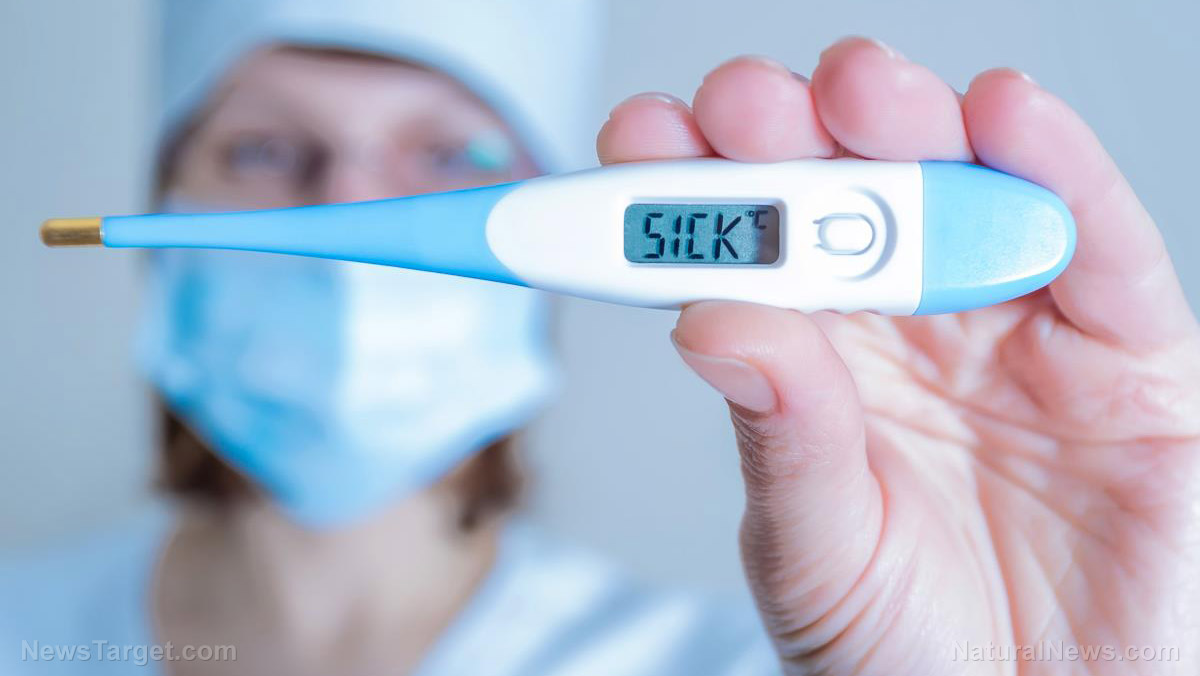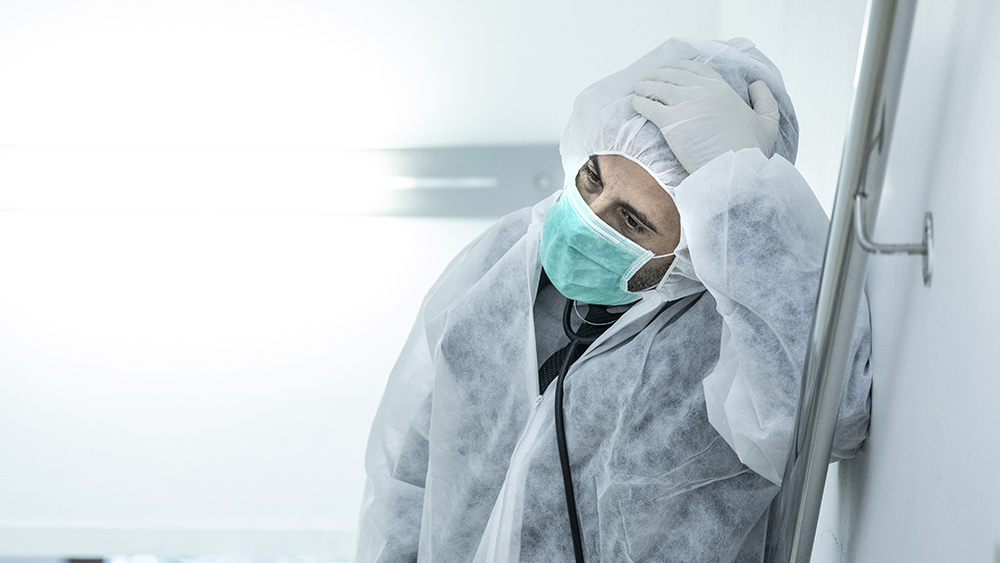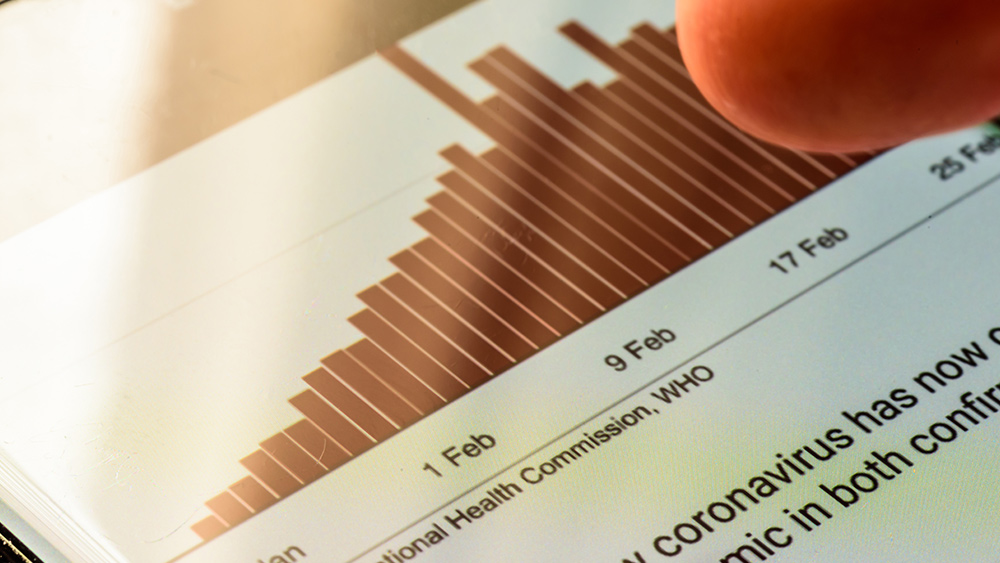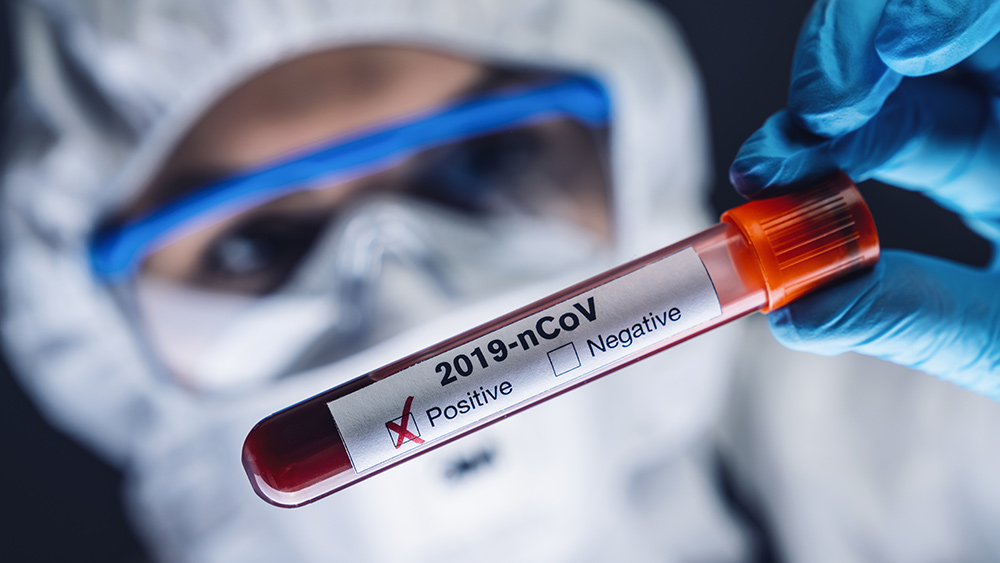Smart thermometer data shows that social distancing is the key to “breaking the chain” of coronavirus spread
03/29/2020 / By Franz Walker

Social distancing has been one of the buzzwords that has been going around ever since the COVID-19 pandemic broke out. Now, data collected from over a million smart thermometers shows it does play a crucial part in slowing down the spread of the disease.
Kinsa Health has been tracking fevers recorded with their thermometers in certain areas of the country where strict stay-in-place orders have been implemented. Their data shows decreasing rates of fever cases in these areas, while those areas that don’t have them are seeing increasing rates.
Fever is one of the most important signs that someone has the virus, according to the Centers for Disease Control and Prevention (CDC). Dr. Anthony Fauci, director of the National Institute of Allergy and Infectious Diseases and a member of the White House’ coronavirus task force, also stated that he has his temperature checked constantly.
“Every time I go into a different room, I get my temperature taken,” Fauci told reporters at the White House over the weekend.
From monitoring seasonal flu to COVID-19
Kinsa Health originally developed their tool as a way to track where season flu outbreaks are taking place. To create their fever map, Kinsa downloads temperature readings from more than one million thermometers in the United States. Back then, the company worked with Professor Ben Dalziel of Oregon State University to develop the map. For the coronavirus, Kinsa had added a new tool to their map, which the company calls “atypical” illnesses, looking for fevers that don’t fit in with the pattern of seasonal flu.
“We’re taking our real-time illness signal, and we’re subtracting out the expectation,” explained Kinsa founder and CEO Inder Singh. “So what you’re left with is atypical illness. In other words, a cluster of fevers that you would not expect from normal cold and flu time. So, presumably, that is COVID-19; I cannot definitively say it’s COVID-19, but what I can say is that it’s an unusual outbreak. It could be an anomalous flu, a strain that’s totally unexpected. It could be something else, but at least a portion of that is almost certainly going to be COVID-19.”
Using this, the company has found evidence that shows that closing spaces where people tend to gather, such as restaurants and bars, helps decrease the rate of infections for such illnesses.
“Given that people aren’t interacting as much, now that I’m staying home, for example, if I’m sick, then people I’m usually around won’t be infected and then they’re not infecting other people,” stated Nita Nehru, head of communications at Kinsa Health, in an interview with the Daily Mail.
“That’s what we mean by breaking the chain of infections,” Nehru continued. “The less people are around one another, the more those illnesses drop.”
One particular example of this is in Santa Clara County in California. The map shows that the incidence of flu-related illness in that county has dropped by 13 percent over the last seven days with the number of observed illnesses listed as “low.” Perhaps not coincidentally, Gov. Gavin Newsom issued a shelter-in-place order over a week ago on Mark 17.
In Florida, where the measures that have been taken are not as strict, the rates of “widespread atypical illness” have been increasing. Singh highlighted a spike in the rate of infections in Miami-Dade County, FL. While it’s impossible to know exactly what disease caused the fevers from the thermometers alone, he pointed out that this spike coincided with reports of Miami residents and tourists ignoring guidance recommending social distancing.
When the data from Miami-Dade did finally show a steep drop off, Singh then pointed out that it also coincided with more extreme measures and isolation tactics being adopted in the county.
Still some questions about the data
Kinsa Health’s map has one major drawback when it comes to tracking. Their data only covers fever-range temperatures and not actual cases of COVID-19. The smart thermometers can’t identify if the fever is caused by the disease.
The other concern lies with the smart thermometers themselves. As these are connected to Kinsa’s servers via an app on the user’s phones, there’s the fear that the data being sent from these can be used for purposes other than tracking fevers. Similar issues have already cropped up with fitness trackers, which have been shown to be sending data to healthcare providers, possibly bumping up insurance premiums.
That said, Kinsa’s existing work on predicting fevers related to seasonal flu and cold shows promise in tracking the spread of fevers possibly related to the coronavirus. At the very least, they show that the strict social distancing measures being implemented around the country, and indeed the rest of the world, are helping stop the virus’ spread.
Sources include:
Tagged Under: coronavirus, covid-19, fevers, Flu, goodtech, government, infections, isolation, outbreak, pandemic, quarantine, smart thermometers, social distancing, superbugs, USA, virus
RECENT NEWS & ARTICLES
Pandemic.News is a fact-based public education website published by Pandemic News Features, LLC.
All content copyright © 2018 by Pandemic News Features, LLC.
Contact Us with Tips or Corrections
All trademarks, registered trademarks and servicemarks mentioned on this site are the property of their respective owners.





















